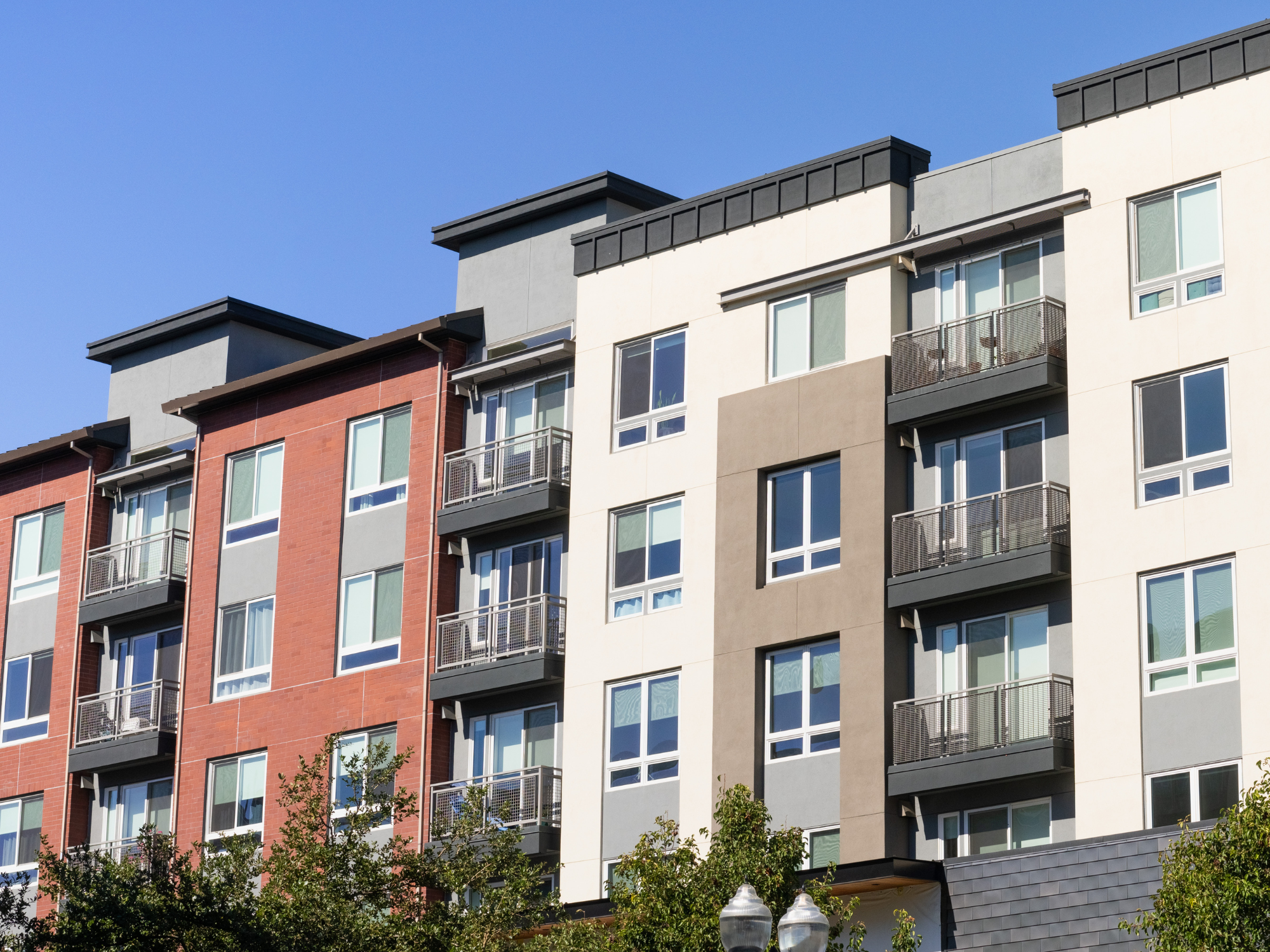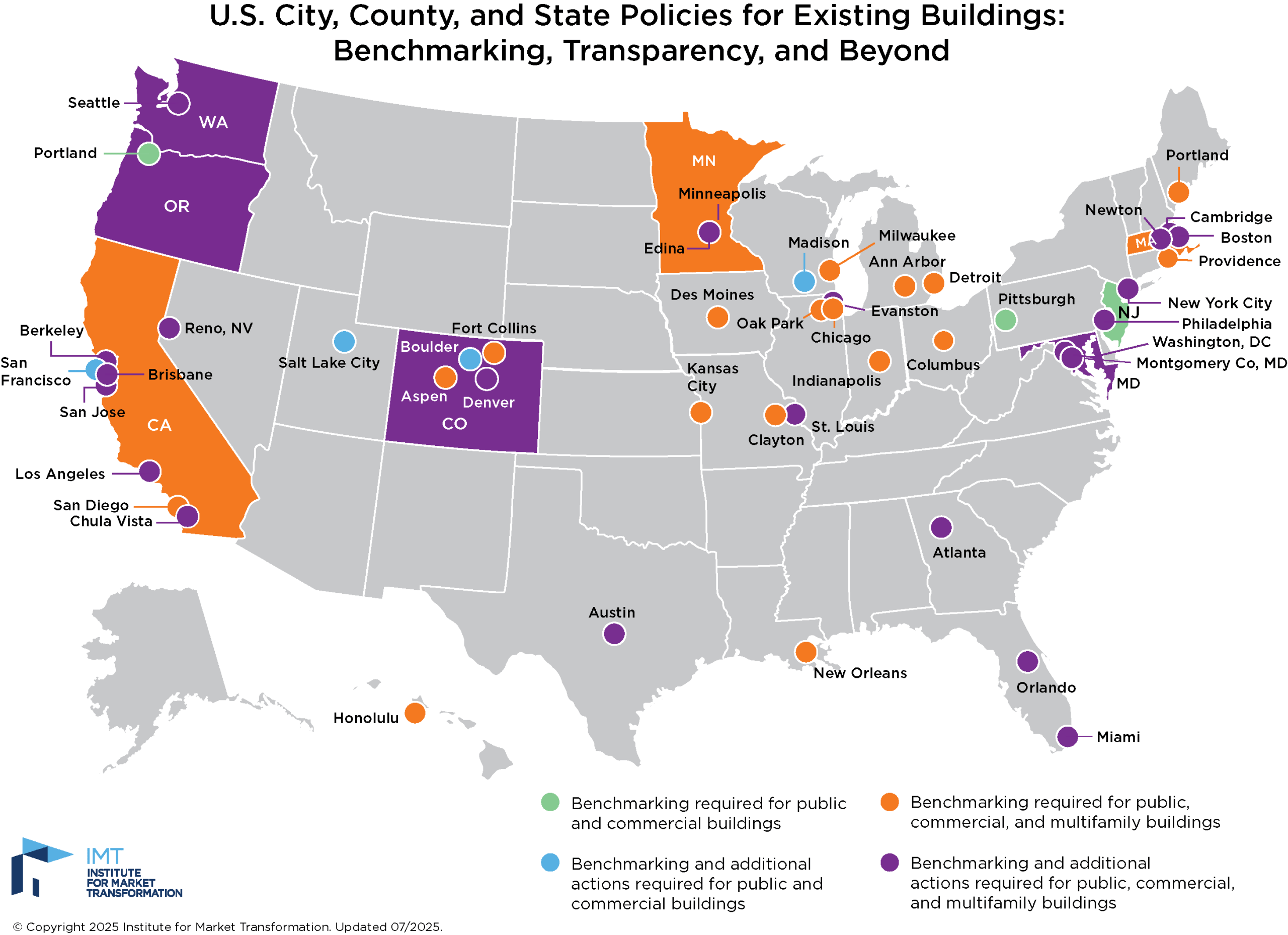

Blog
Through our data verification work, SWA has learned a lot about inaccuracies in energy benchmarking data. We’re explaining the most common reasons for data inaccuracies and how to correct them.

More than 50 cities, counties, and states require owners of certain types of existing buildings (usually large commercial and multifamily buildings) to submit annual energy benchmarking data.
This data is used to measure and compare a building’s energy usage to its own past usage, that of similar buildings, and in many cases, a corresponding performance standard.

Certain municipalities require building energy benchmarking data to be verified by a third party to ensure accuracy, better calculate fine exposure where building performance standards exist, and improve the jurisdiction’s data quality. Third-party data verifiers generally must have licenses, credentials, or certifications.
Our consultants have come across several challenges and learned a lot through our benchmarking data verification efforts. While some of these challenges are unique to one building, some are recurring issues that apply across many buildings.
It is helpful to remember that third-party verification will not always result in an improvement in reported building energy performance. We’ve found that it’s about 50/50—half the time the reported performance improves, half the time reported performance falls.
More than anything, data verification allows building owners to have confidence in their data. Accurate data is critical for making informed decisions about short-term upgrades, capital planning, and long-term compliance.
In this blog post, we’re explaining several corrections commonly needed for benchmarking data.
In our data verification work, SWA has found that benchmarking data corrections are needed in about 75% of cases of benchmarked but not verified buildings. These are the most common issues we identify while verifying the data.
If you have one large campus with multiple buildings, you may expect that it would be benchmarked as one. It is not always so simple! The correct benchmarking configuration depends on several factors including equipment and utility metering configuration of the property. We have seen many instances where buildings should be benchmarked separately but are reporting as one large campus, and vice versa.
Your building’s gross floor area (GFA) and space use types are the key factors for benchmarking reporting, yet we have seen over or under reported GFA in buildings along with inaccurate or missing space use types.
GFA is often misreported due to reliance on tax records or rentable square footage. We’ve found missing parking levels, common areas, and support spaces, as well as incorrect secondary space use types. Generally, basements, storage spaces and enclosed mechanical rooms, among other back-of-house spaces, can be included in your GFA calculation. Balconies that are not fully enclosed generally must be excluded. These discrepancies can significantly impact energy metrics and compliance with local requirements.
In DC, we have seen misalignment between the meter list that building owners have provided to Pepco (local energy provider) and the list Pepco returns. There may be transposing errors, missing meters, or extra meters in the Pepco list. In some cases, the 2023 consumption data was significantly inflated. In New York, local utilities sometimes attribute streetside kiosk or Citi Bike docking station consumption to the closest building in error.
Correcting this adds time to the verification process and requires careful reconciliation between bills and reported data.
Shared mechanical systems and utility meters serving multiple buildings, especially those with different ownership, can lead to incorrect benchmarking. Properly allocating shared resources is essential for accurate reporting. Coordinate among building owners to determine whose responsibility benchmarking is and ensure that the full energy consumption is captured appropriately.
If your building has ground floor retail spaces, there are several things you need to consider to report those correctly. Some jurisdictions allow retail spaces to be excluded from the benchmarking report if they meet certain criteria. Other jurisdictions require that all retail be included but have requirements for classifying space use types that must be followed correctly.
Your building may have solar panels, and if so, there should be a solar meter reporting the total generation on site. The benchmarking report is incorrect without solar meter information, and verifiers cannot complete the verification checklist without on-site renewables where applicable.
Backup generation fuels, such as diesel for an emergency generator, count toward energy consumption and need to be logged in benchmarking data.
Electric vehicle charging is becoming a popular amenity, especially for residential buildings. While the electric consumption does need to be tracked for benchmarking purposes, most jurisdictions with carbon emissions requirements allow buildings to take credit for electric vehicle charging in a manner that avoids penalties for the additional consumption.
Whenever possible, install a separate meter for on-site renewables and electric vehicle chargers so this consumption can be recorded accurately.
SWA is qualified to perform third-party data verification across the Northeast and Mid-Atlantic. We will continue to update this blog post with lessons we learn as we work with more building owners in these markets.
If you’re looking for a data verifier, fill out our contact form and include your location and building types. One of our local verifiers will get back to you as soon as possible!
As a qualified third-party verifier, SWA works with building owners across the Northeast and Mid-Atlantic to perform the data verification required for compliance with local mandates.
Data verification is required in the following jurisdictions:
Contributors: Iffat Ridwana, Building Systems Analyst; Adam Szlachetka, Senior Building Systems Consultant; Maria Rode, Building Systems Director
Steven Winter Associates